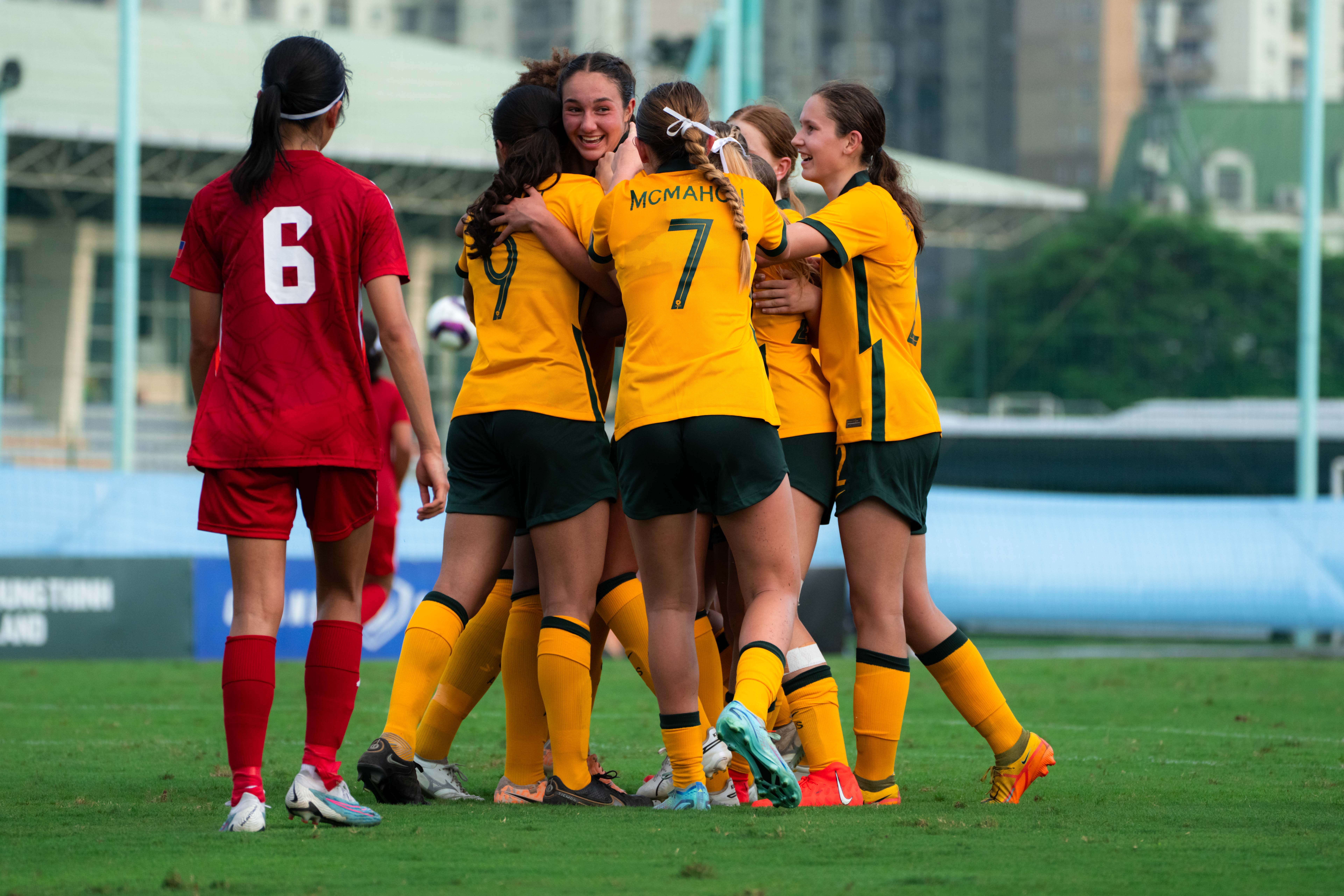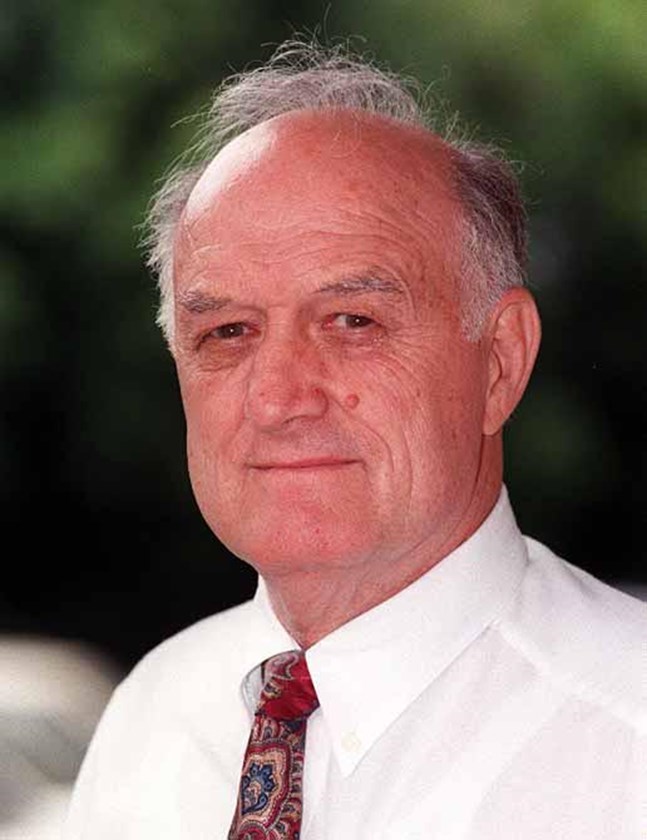La Trobe University and Telethon Kids Institute are trialling new eye-tracking technology to support early diagnosis of autism spectrum disorder (ASD) in children.
The clinical trial is investigating the accuracy of Gazefinder – developed in Japan by JVCKENWOOD Corporation – as a potential aide to ASD diagnosis.
The two-year study involves 200 children aged between two and four. Half have been diagnosed with ASD and half are developing typically.
Lead researcher Dr Kristelle Hudry, from the La Trobe University School of Psychology and Public Health said the technology could be a big step forward in diagnosing autism in children.
“The kids basically just watch a short animated video. The Gazefinder, which looks and operates like a desktop computer, uses infrared light to track where their eyes go or what their gaze pattern is,” Dr Hudry said.
“We know from past research that children on the spectrum respond differently to images or scenes. For example, they may be less interested in watching people and more interested in watching geometric shapes relative to other children.”
Dr Hudry said the technology has the potential to streamline the diagnostic process, and build confidence in clinicians, resulting in earlier diagnosis in children.
“There are already some fantastic programs in place to identify the early signs of autism in children in Australia, including surveillance tools used by Victorian Maternal and Child Health nurses. Our research aims to examine whether Gazefinder could be used as an additional tool to support diagnosis,” Dr Hudry said.
Professor Andrew Whitehouse from the Telethon Kids Institute said the average age for ASD diagnosis in Australia is four.
“We know that it’s important to identify children on an autism pathway as early as possible, so we can support the child and family with interventions that will maximise their potential,” Professor Whitehouse said.
“Typically, we don’t start therapy until after a diagnosis, but obtaining that diagnosis can be a long and difficult process for families. It often doesn’t happen until the child is at least three years of age, and in fact often not until they’re school-aged.
“We’re really excited about the potential the Gazefinder has to help speed up that process of diagnosis, enabling children and families to get the support they need much earlier.”
JVCKENWOOD Corporation has funded the research and aims to implement the results of the study in society by obtaining approval for use of Gazefinder as a medical device to support ASD diagnosis.








